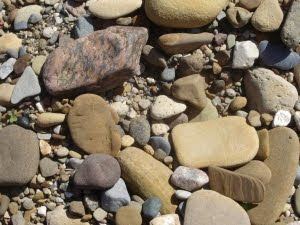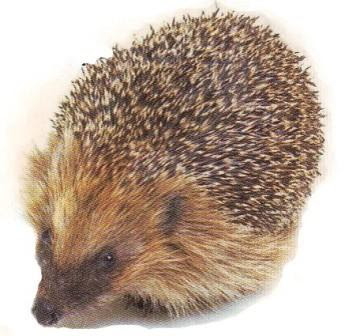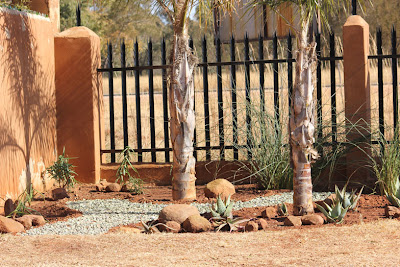::
always pick up the feather lying in your path
::
Well, I've had a slight internet break, touched the stars and watched Spring as she fleetingly moved through my garden - her footprints were soft and quiet as Summer was impatiently pushing her from behind, cutting short her visit with hot temperatures early in the season, not allowing Spring's gentler days to last very long.
During my small break, I connected with nature again and thought, "Isn't it wonderful what nature supplies us to play with?" Pebbles, leaves, bark, twigs, feathers, crystals, gold, silver, rubies, seeds and a plethora of beautiful objects for us to do what we want with!
A collection of seed pods and found items from nature.
I use many of these objects in the jewellery I make, preferring the earthy tones to the normal 'bling'. Nature is my inspiration for these creations and I take my cue from what naturally occurs all around me - a leaf gently swaying in the breeze or a feather floating lazily past, some beautifully textured bark on a tree, a stone perfectly smoothed by the rythm of water.
A collection of some of the pebbles I like to use in my creations.
Pendant - A river stone encased in silver wire and hanging from leather thonging.
A brooch hand-crafted from Black Stained Glass encased in silver solder and sporting a Bantam Rooster feather
A pendant made with a Porcupine Quill (found in the veld) encased with silver wire, a dangling glass bead and hanging from a silver chain.
A Perlemoen shell (Abelone) pendant with silver solder, silver wire and glass teardrop bead hanging from a silver chain.
A Blue Gum leaf (Eucalyptus) and seed earrings hand-crafted in copper and antiqued for a vintage look.
A Dragonfly ornament hand-crafted with a blue glass jewel and silver wire.
Some of my hand-crafted insects using glass, shells, silver wire and solder.
Pendant - Quartz Crystal encased in Silver wire and hanging from a silver chain with turquoise beads and a white feather
Citrine Crystal pendant with a silver cap and hanging from a silver chain.
Refreshed with what nature has to offer us, never tiring of her beauty, I recall Ruess's words in his last letter to his brother on November 1934,
"I have not tired of the wilderness; rather I enjoy its beauty and the
vagrant life I lead, more keenly all the time. I prefer the saddle to
the streetcar and star-sprinkled sky to a roof, the obscure and
difficult trail, leading into the unknown to any paved highway, and the
deep peace of the wild to the discontent bred by cities."
::




































